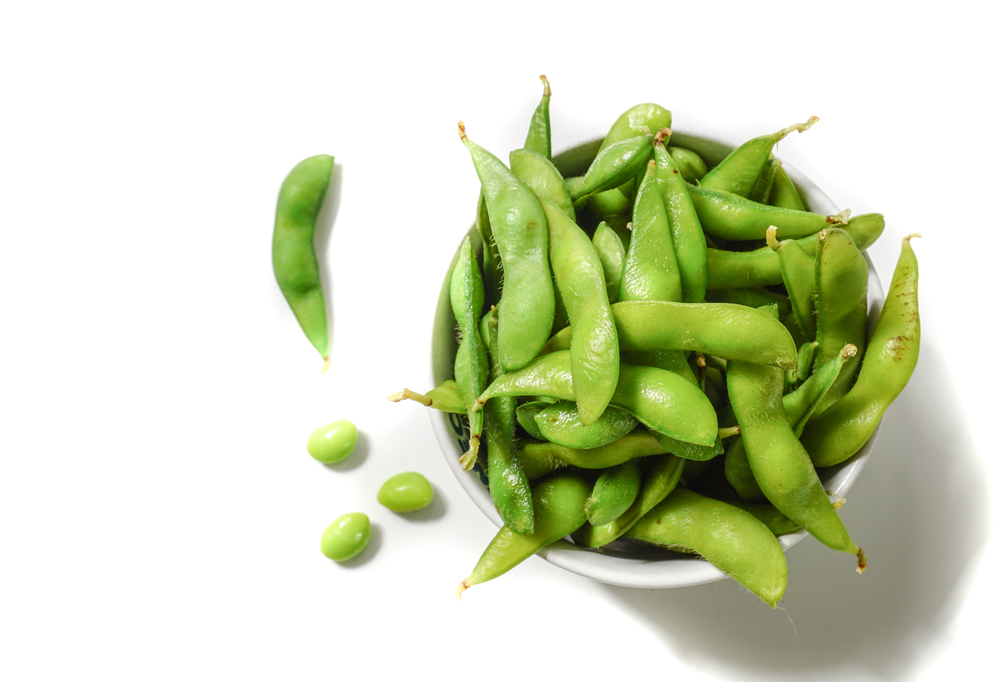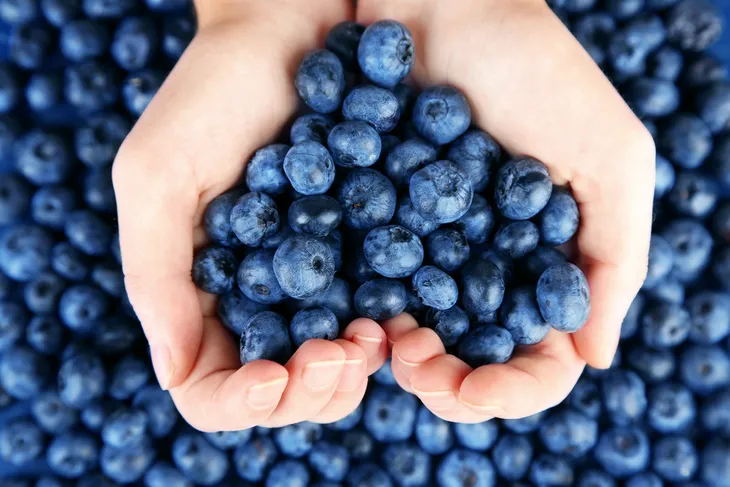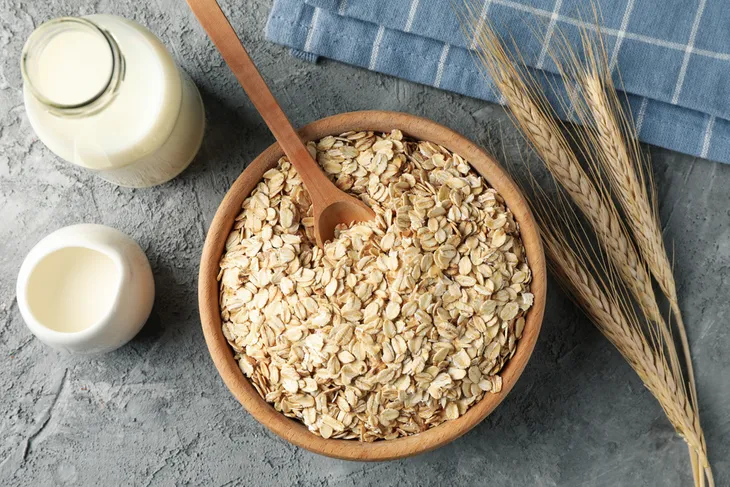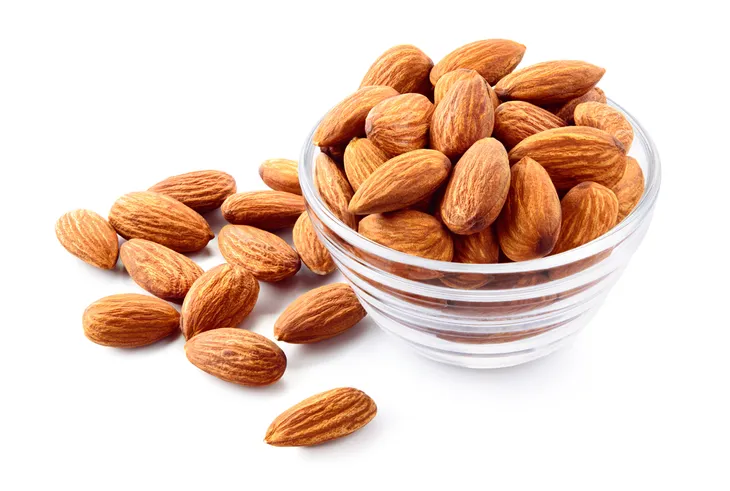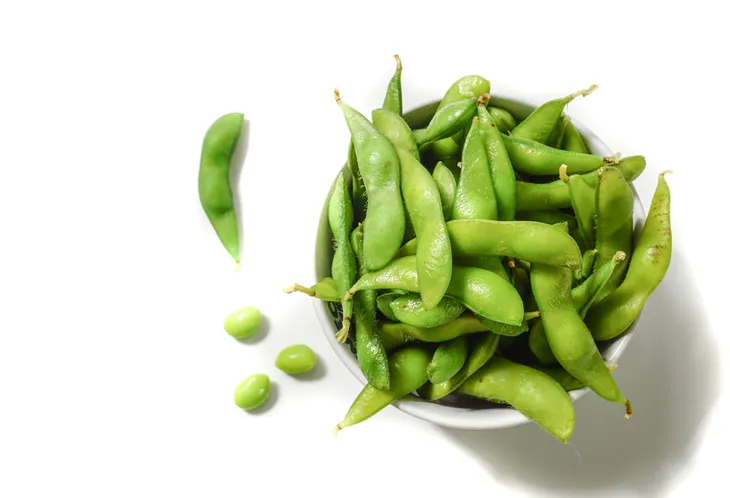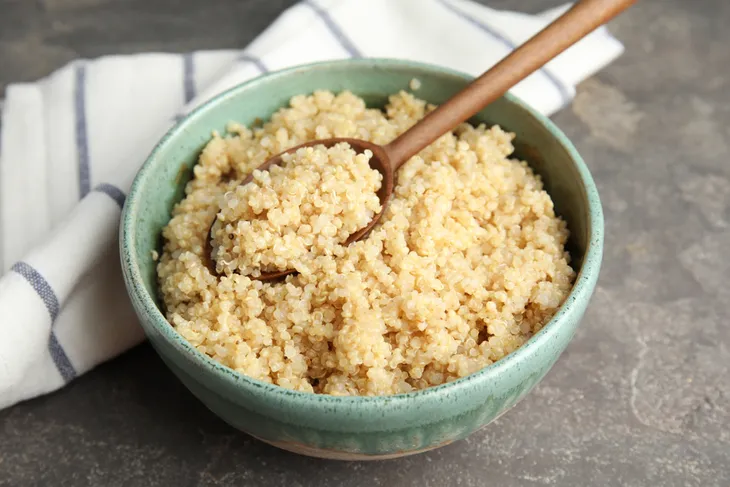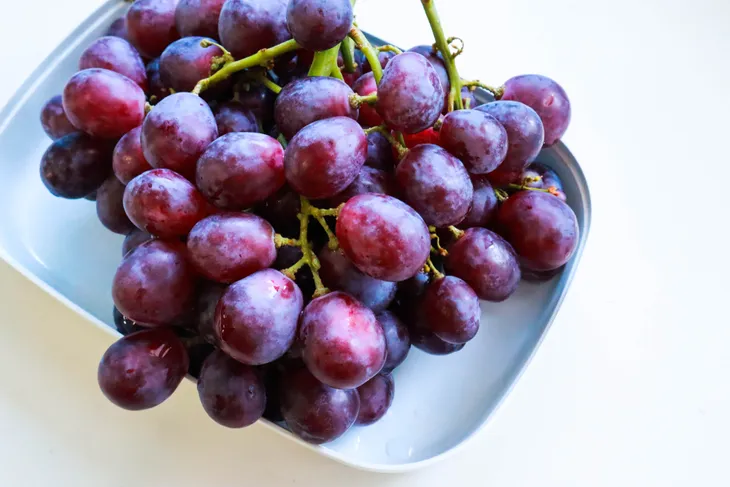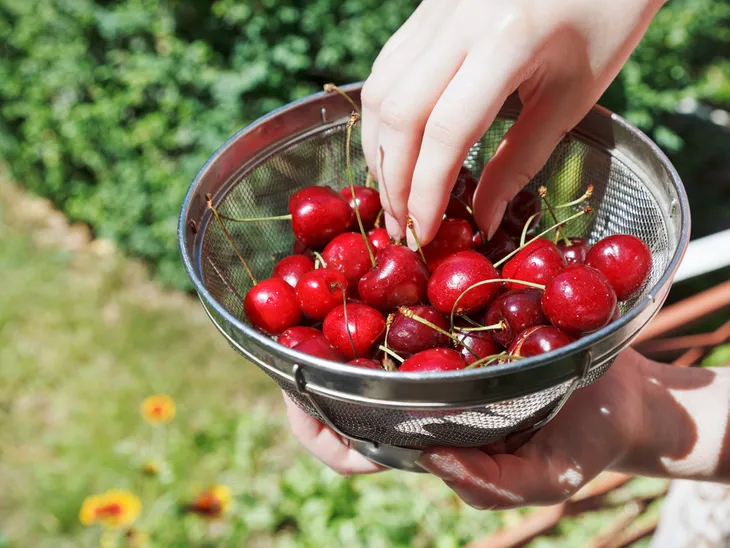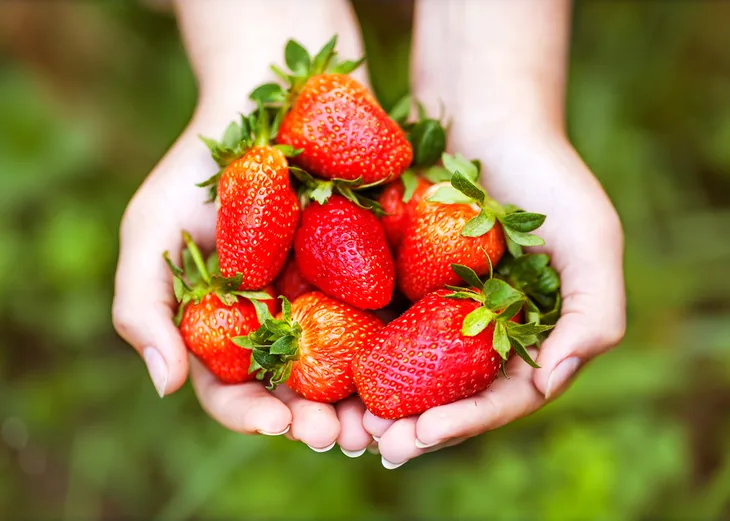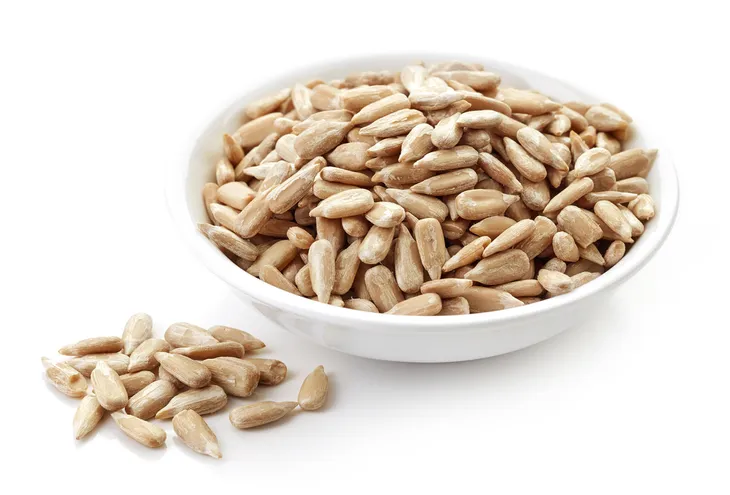Proper nutrition is vitally important for the development of children’s minds and bodies. If you are concerned with feeding your kids the best nutrition possible, then consider introducing them to superfoods. Superfoods are highly nutritious items that are typically considered whole foods. This means that they are left in their pure, unprocessed state.
There are no regulations on what is considered a superfood. They can be high in mineral content, high in vitamins, or high in phytochemicals and antioxidants. Superfoods are typically low in saturated and trans fats, are not highly processed, and don’t contain a lot of food additives.
The definition of a superfood is, “a food considered especially nutritious or otherwise beneficial to health and wellbeing.” With so many unhealthy processed foods on the market, knowing what superfoods are is an important step in making healthy choices.
Many superfoods are not kid friendly, so here are 13 amazing choices that your children will love!
Blueberries
These delicious berries have the highest antioxidant count compared to all other fruit varieties. Eating plenty of blueberries every day has been shown to lower your risk of type 2 diabetes. Blueberries are also a childhood favorite snack because of their fun shape and great flavor.
Serve blueberries on their own when they are in season. Frozen blueberries are a great option for the winter months when it can be difficult to find fresh produce at an affordable price. Freezing doesn’t damage the antioxidants so you can feel good serving this fruit.
Oats
Oatmeal is a great breakfast food for children. It’s filled with soluble fiber, keeping your kids full for long school days. Oats are also high in protein, which makes them a hearty meal on their own.
Make this superfood even better by topping a big bowl of oatmeal with fruit, nuts, and spices. Leftover oatmeal can be made into oatcakes that your kids will love.
Almonds
These popular nuts are more than just a great snack. Almonds are high in vitamin E and magnesium, which can keep your children’s cardiovascular system working at peak efficiency.
Almonds are also high in healthy fats and antioxidants. The skin of the almond contains over half of the antioxidants, so keep them on and skip the blanched versions. Serve sliced almonds on top of oatmeal or cereal to get kids to eat this healthy superfood.
Eggs
Eggs are a healthy alternative to breakfast cereals. They are fast to cook so they make a great weekday meal. Egg whites are filled with protein and the yolk has healthy fats. Eggs are also high in vitamin B12 and folate. Don’t worry about getting high cholesterol from eating egg yolks.
Studies have found people with healthy diets can actually lower their cholesterol by eating eggs. Feed your kids scrambled eggs or a healthy omelet to get them eating this superfood.
Cinnamon
This sweet and savory spice is a great topping to oatmeal and other confections. Cinnamon is a childhood favorite because of its Christmasy flavor and spicy touch. This superfood has been shown to help stave off colds and the flu, and has natural antiviral properties.
Cinnamon is almost calorie free, so it is a guiltless treat. You kids will love sliced apples sprinkled with cinnamon for a healthy snack. Because of its sweet properties, you can reduce the amount of sugar you add into oatmeal if you use cinnamon in it.
Edamame
It can be hard to get children to eat their beans, but your kids will love edamame. These soybeans are served in their shells, and you have to pop the beans out to eat them. Children will adore the opportunity to play with their food before eating it.
Edamame are filled with protein and fiber, keeping them full and filled with energy. Once you get them eating these beans, they may even be open to eating their lima beans!
Quinoa
This new favorite food has hit the public’s attention in recent years. Quinoa is a seed that tastes and cooks like a grain. It is high in all 9 essential amino acids, making it a whole protein.
Quinoa is also high in iron and other minerals. It has a delicious nutty flavor and it pops as you chew it, making it a fun food for kids to enjoy. Serve quinoa wherever you would use couscous or rice. Quinoa also makes a great breakfast dish when cooked with steel cut oats.
Concord Grapes
Concord grapes are a very popular flavoring for children’s food products. This is a real fruit that tastes like candy! The grapes are filled with antioxidants and polyphenols, which give the rich purple color to the fruit. Kids will love eating the grapes right from the stem.
Concord grapes have a fun slipskin, meaning the skin slides from the flesh easily. The texture is jelly-like, resembling jujubes. 100% pure grape juice is also a great option, considering concord grapes are only in season for a very short period of the year.
Yogurt
Greek yogurt is a top superfood because of all the protein and calcium you get in each serving. This thick, creamy treat comes in different flavors and fat contents. Many varieties are 2-percent fat, but you can also find 0-percent.
Flavor it yourself with honey and fruit, or buy pre flavored types. Your kids will love having this “pudding” for snack or dessert, and you will love knowing they’re getting tons of calcium and protein with every bite.
Cherries
Cherry season is a wonderful time of year. These expensive and luxurious fruits drop to dirt cheap at the grocery store, and you can enjoy them every day.
Cherries make a great dessert or late night snack because they are naturally high in melatonin. This sleep hormone can help regulate sleep in children that have difficulties falling and staying asleep. Cherries are also high in amino acids and antioxidants. Children love nibbling on these sweet treats, but be careful of young children eating the pits.
Milk
This amazing drink is a great way for kids to get calcium. Milk is delicious and surprisingly healthy. Skim milk is low in calories but high in protein, while delivering a ton of calcium. New studies have found that children should actually be drinking whole milk instead of skim.
The extra healthy fats are better for them in the long run. If your children are allergic or intolerant to milk, there are amazing nut milks and soy milk products available in most grocery stores.
Strawberries
Strawberries are one of the top antioxidants containing fruit available. These delicious berries are a childhood favorite because of their mild sweet flavor. Strawberries are also high in iron, making them a great snack.
Strawberry season can be short, but you can generally find them year round. Dried strawberries make a delicious treat, as their texture turns into something similar to chewy candy. Look for no sugar added dried fruit to keep this treat healthy.
Sunflower Seeds
Sunflower seeds are a favorite snack of children. You can buy big bags of these seeds at convenience stores, making it a great alternative to candy or chips. Sunflower seeds are packed with phytosterols, which can lower cholesterol and keep your body working at optimum conditions. The seeds also contain a ton of vitamin E. A third of a cup contains more than 100% of your daily recommended allowance of vitamin E. Many varieties of sunflower seeds are roasted with oil and coated in salt, making them an unhealthy choice. Instead, look for unsalted and dry roasted varieties.
